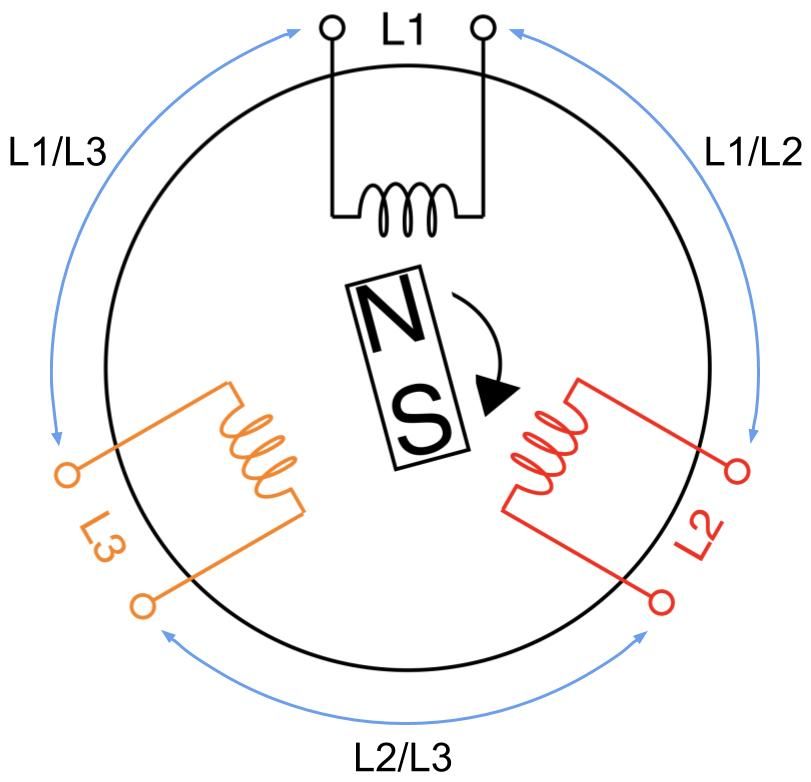New White Paper: Considerations for Mandating Open Interfaces

People all around the world depend on the Internet to live their lives and do their jobs. Behind the surface of applications, online services depend on “interoperability” – the ability of software to work together.
For instance, this is what allows you to send a document from the Outlook account on your iPhone to a friend’s Gmail, then edit the document on a Samsung tablet before saving it in Alibaba cloud, and finally posting it on Twitter using an application like Hootsuite.
But as we recognized in the 2019 Global Internet Report, trends of consolidation in the Internet economy, particularly at the application layer and in web services, have spurred concerns and public debates on the need to regulate Big Tech. Among the proposed measures by policymakers, academics, and other thought leaders across the world is for software services and systems to be legally required to provide interoperability or open interfaces. Today we release a new white paper on this topic, with the aim to support and add depth to the discussions about the key considerations involved.
The general sentiment among competition experts, policymakers and other stakeholders is that existing competition policy is not addressing the economic and societal Continue reading
An introduction to three-phase power and PDUs

Our fleet of over 200 locations comprises various generations of servers and routers. And with the ever changing landscape of services and computing demands, it’s imperative that we manage power in our data centers right. This blog is a brief Electrical Engineering 101 session going over specifically how power distribution units (PDU) work, along with some good practices on how we use them. It appears to me that we could all use a bit more knowledge on this topic, and more love and appreciation of something that’s critical but usually taken for granted, like hot showers and opposable thumbs.
A PDU is a device used in data centers to distribute power to multiple rack-mounted machines. It’s an industrial grade power strip typically designed to power an average consumption of about seven US households. Advanced models have monitoring features and can be accessed via SSH or webGUI to turn on and off power outlets. How we choose a PDU depends on what country the data center is and what it provides in terms of voltage, phase, and plug type.

For each of our racks, all of our dual power-supply (PSU) servers are cabled to one of the two vertically mounted PDUs. Continue reading
Diversity and The Digital Divide: Thoughts From Tech Leaders

Leaders from across the tech industry and beyond recently joined us for Cloudflare’s Birthday Week, helping us celebrate Cloudflare’s 10th birthday. Many of them touched on the importance of diversity and making the Internet accessible to everyone.
Here are some of the highlights.
On the value of soliciting feedback
Selina Tobaccowala
Chief Digital Officer at Openfit, Co-Founder of Gixo
Former President & CTO of SurveyMonkey

When you think about diversity and inclusion, unfortunately, it's often only the loudest voice, the squeakiest wheel [who gets heard]. And what a survey allows you to do is let people's voices be heard who are not always willing to raise their hand or speak the loudest.
So at SurveyMonkey, we always made sure that when we were thinking about user testing and we were thinking about usability testing — that it was that broad swath of the customer because you wanted people across all different segments to submit their opinion.
I think that collecting data in a way that can be anonymized, collecting data in a way that lets people have a thoughtful versus always off the cuff conversation is really important. And what we also provided was a benchmarking product, because if you Continue reading
Video: Should You Build or Buy a Solution?
After figuring out what business problem you’re trying to solve and what the users expect to get from you it’s time for the next crucial question: should you buy a shrink-wrapped product/solution or build your own? I addressed that question in the third part of Focus on Business Challenges First presentation.
Not surprisingly, the same dilemma applies to network automation solutions, and is often the source of endless time-wasting discussions that I really should have stopped engaging in, but sometimes duty calls ;)
Video: Should You Build or Buy a Solution?
After figuring out what business problem you’re trying to solve and what the users expect to get from you it’s time for the next crucial question: should you buy a shrink-wrapped product/solution or build your own? I addressed that question in the third part of Focus on Business Challenges First presentation.
Not surprisingly, the same dilemma applies to network automation solutions, and is often the source of endless time-wasting discussions that I really should have stopped engaging in, but sometimes duty calls ;)
Rails Generators Cheat Sheet
Ruby on Rails generators quick reference.What Does A Good Network Design Look Like? – James Bensley, Senior Network Design Engineer
Is a good network design just about technical specifications or should you take into account business drivers and needs? James is a network design veteran and presented on this topic at UKNOF45. We talk about design considerations, tips and tricks, drivers and motivations, asking the question behind the question and even about a book that is ‘in the works’. James is very active on Twitter, LinkedIn and can be reached via [email protected].

Tom Hollingsworth | Lessons from Tech Field Day and How to Spot BS
Brandon and Derick explore communities of IT folks, the wisdom of backup plans, and shifty vendors with Tech Field Day Organizer Tom Hollingsworth, also known as "The Networking Nerd."
Starlink Hands On: Finally, Internet
Starlink may soon be a viable alternative for remote workers who currently lack broadband connectivity services, particularly those in rural areas. Here, Eric Rux takes a deep dive into the service.MANRS Welcomes 500th Network Operator

Today, we are glad to share a milestone for the Mutually Agreed Norms for Routing Security (MANRS) initiative: the number of participants in the network operator program has reached 500.
By joining the community-driven initiative, these network operators, big and small, from around the world have taken specific, concrete actions to improve the resilience and security of the Internet’s inherently insecure routing infrastructure.
Systemic security issues about how traffic is routed on the Internet make it a relatively easy target for criminals. MANRS helps reduce the most common routing threats and increase efficiency and transparency among Internet service providers (ISPs) on peering relationships.
The growth of the network operator program – the oldest among three today – has been accelerating in recent years. Launched in 2014 with a group of nine operators, the number of participants in the program took four years to reach 100 in 2018 and has risen sharply in the last two years, with 156 joining in 2019 and 244 so far in 2020.
The 500 network operators manage 651 autonomous systems in total, as some of them manage multiple networks.
Meanwhile, the Internet Exchange Point (IXP) program, which we launched in 2018, now has 60 Continue reading
Fast Failover: Techniques and Technologies
Continuing our Fast Failover saga, let’s focus on techniques and technologies available to implement it (assuming you still think it’s worth the effort).
There are numerous technologies you can use to implement fast reroute, from the most complex to the easiest one:
Fast Failover: Techniques and Technologies
Continuing our Fast Failover saga, let’s focus on techniques and technologies available to implement it (assuming you still think it’s worth the effort).
There are numerous technologies you can use to implement fast reroute, from the most complex to the easiest one:
Rails Generators Cheat Sheet
As I am digging into Rails again I find myself constantly having to look the naming and syntax of generators up so I am documenting them in this post. Rails utilizes convention over configuration to speed up development and increase developer happiness. If you embrace this fact you will...Bypassing safety check for an obviously safe change
This is less concrete technical than my usual blog post.
For every 100 changes we’re 99% sure won’t cause an outage, one will
It’s actually hard to be 99% sure of anything. I’m not 99% sure today’s Thursday. I say that because more often than one day in a hundred, I’ll think “hmm… feels like Wednesday” when it’s not.
I just closed my eyes and tried to remember what time it is. I don’t think I can guess with 99% accuracy what hour I’m in. (but to be fair, it’s de-facto Friday afternoon today, as I’m off tomorrow).
Anyway… the reason I say this is that this should be kept in mind every time someone comes and says they want to circumvent some process for a change that they are absolutely sure won’t cause an outage, that can actually be put into numbers. And those numbers are “you are not 100% sure of anything”.
By saying you are 99% sure this won’t cause an outage (and are you right about that?) you are saying that for every 100 requests like yours that will bypass normal checks, there will be an outage. You are taking on an amortized 1% of Continue reading